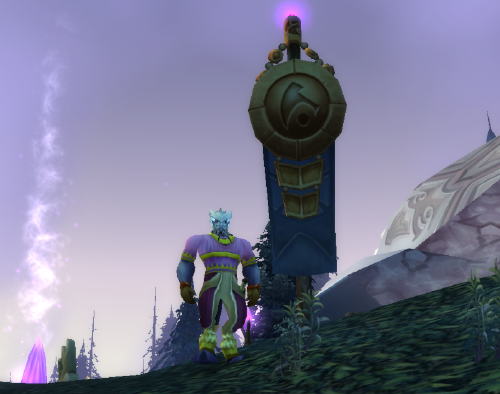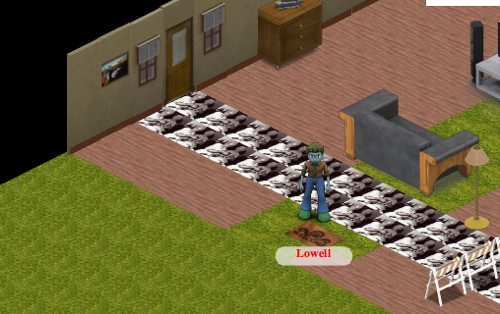WoW Insider have a very interesting interview with Alex Golub, an Assistant Professor within the Anthropology department at the University of Hawaii.
Golub is well underway in research on culture of raiding in World of Warcraft, with the final product expected to be a book in 2010. There’s some discussion on behaviour in raids, gender differences and effective communication strategies. One of the most fascinating aspects is Golub’s take on ‘real-life’ versus online behaviour:
One thing about studying WoW and other virtual worlds is that it has made social scientists realize that “real” and “in the same room” are just not the same things. Everyone in my guild knows each other in “real life,” because real doesn’t mean “physical world” — it means “things that people care about,” or as an anthropologist, I’d say, “things that people in a culture care about.” There is a guy in my guild who works in a cheese factory, turning over 90-pound blocks of cheese all day. I bet I know him better than he knows the guys in the control room measuring cheese temperatures or whatever, even if he sees them every day.

 The
The 



Recent Comments